I Lost 30 Pounds With This Walking Routine
Briana Farnsworth (@brianafarnsworthx) is a volleyball player-slash-model-slash-influencer who lost a whopping 30 pounds just by walking. In one viral video she reveals the secret to her walking weight loss success, taking her followers on a walk with her. "People literally don't believe me when I tell them that I changed my body from this to this just by walking alone," she says in the clip.
She Walks on the Treadmill
@brianafarnsworthx Replying to @$ I like to implement other workouts everyone now and then but I swear by walks!! #walkingroutine #hotgirlwalks #slimlegs #slimarms #weightloss #modelworkout #modelroutine #modelarms ♬ original sound – BRIANA FARNSWORTH
"Come with me. We're going to go for a little walk and I'm going to show you what I do on the treadmill. Okay?" she continues, heading to the gym and hopping on the treadmill.
She Makes Sure to Hydrate
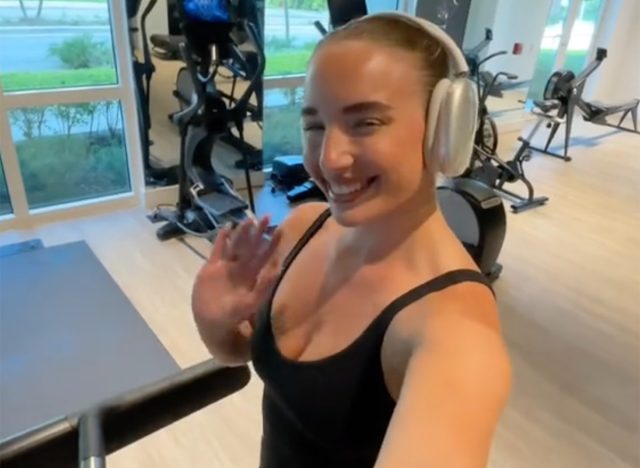
Prior to getting her sweat on, Briana fills up her Stanley cup with water. She also brings a pair of headphones so she can watch stuff or listen to music. According to the Mayo Clinic, hydration is important for a variety of reasons. Water helps get rid of waste through urination, perspiration, and bowel movements, keeps your temperature normal, lubricates and cushions joints, and helps protect sensitive tissues.
Related: #1 Best Breakfast for Proteins According to Dietitian Who Lost 100 Pounds
She Does Interval Walking on an Incline
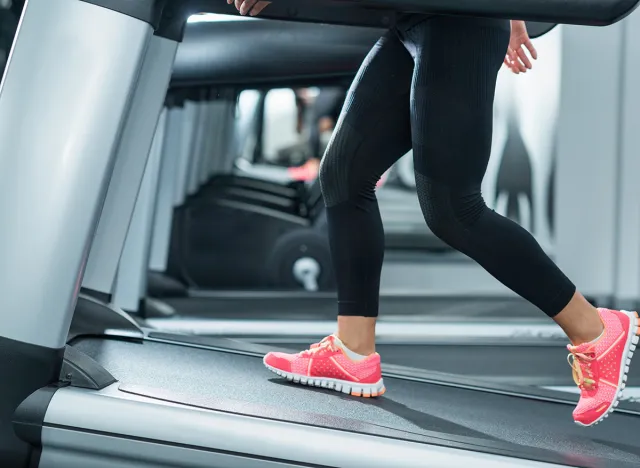
Her key to losing weight with walking is doing interval training on an incline. "So my treadmill has this option here, it's called Fat Burner, and I love this one. It alternates between the incline of 1.5 to 4.5, and then I usually keep my speed between 3 and 4," she explains, adding that if you don't have that option, you can manually change the incline and speed accordingly.
She Walks for an Hour
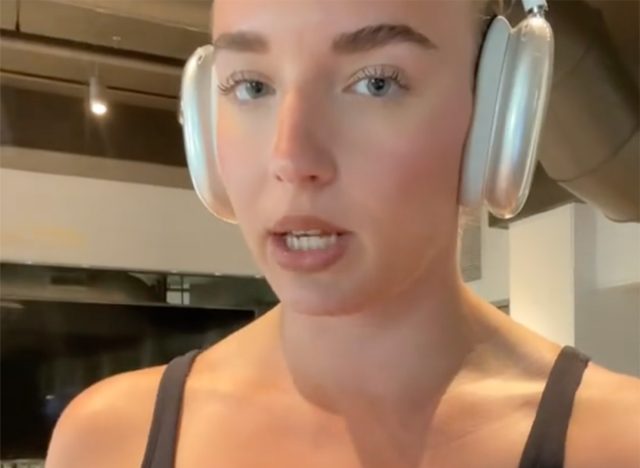
Halfway through her hour-long walking session, she shows her progress. She tries to walk an hour per day.
Be Consistent, She Concludes
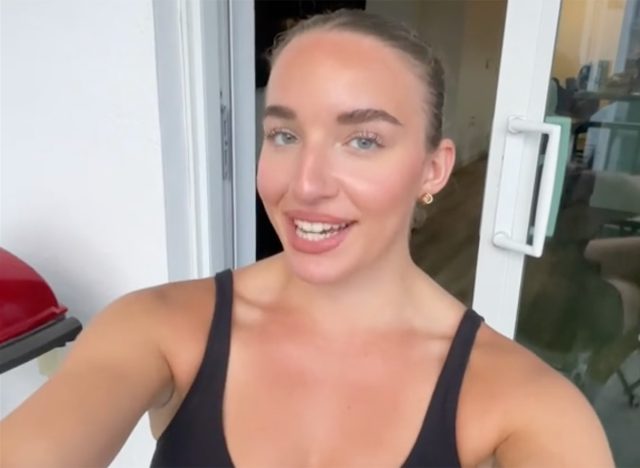
Consistency is key, says Briana. "Try it for one week, one month. Be consistent with it. I try to do it as many days a week as I can and you're going to see results. You just will."
Why Walking Is a Good Workout
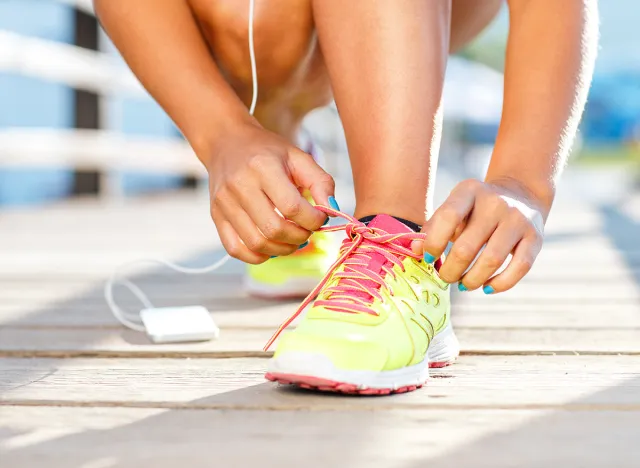
The Mayo Clinic explains that walking can help you maintain a healthy weight and lose body fat, prevent or manage various conditions, including heart disease, stroke, high blood pressure, cancer, and type 2 diabetes. It can also help improve cardiovascular fitness, strengthen your bones and muscles, improve muscle endurance, increase energy levels, improve your mood, cognition, memory and sleep, improve your balance and coordination, strengthen immune system, and reduce stress and tension.
How Many Steps Should You Walk?
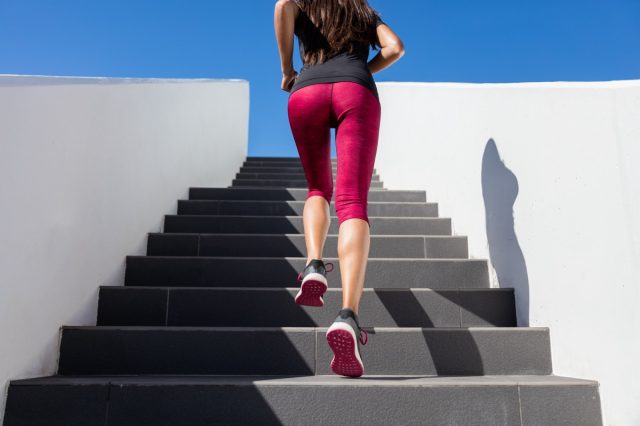
Most experts agree that 10,000 steps per day is a good goal for weight loss, and science supports it. According to a 2018 Obesity study, people who walked 10,000 steps a day were able to lose weight and keep it off. Studies published in JAMA Neurology and in JAMA Internal Medicine have also linked walking 10,000 steps a day to less dementia and less cardiovascular disease overall, with less heart disease, less heart failure and fewer strokes.
Related: Shaina Marie Shares the "Standing Abs" Workout Responsible for Her Six-Pack
Benefits of Walking on an Incline

Walking on an incline burns more calories than walking fast or even running on a flat surface, which is why many experts suggest upping your incline. A 2013 study even found that walkin on a 2 to 7 percent incline increased heart rate by almost 10 percent when compared with running on a flat surface.
💪🔥Body Booster: If you really want to burn fat and lose weight, don't just walk 10,000 steps but do it on an incline. And if you enjoyed this article, don't miss 12-3-30 Walking Method: 20 Proven Tips to Lose Weight Faster.





